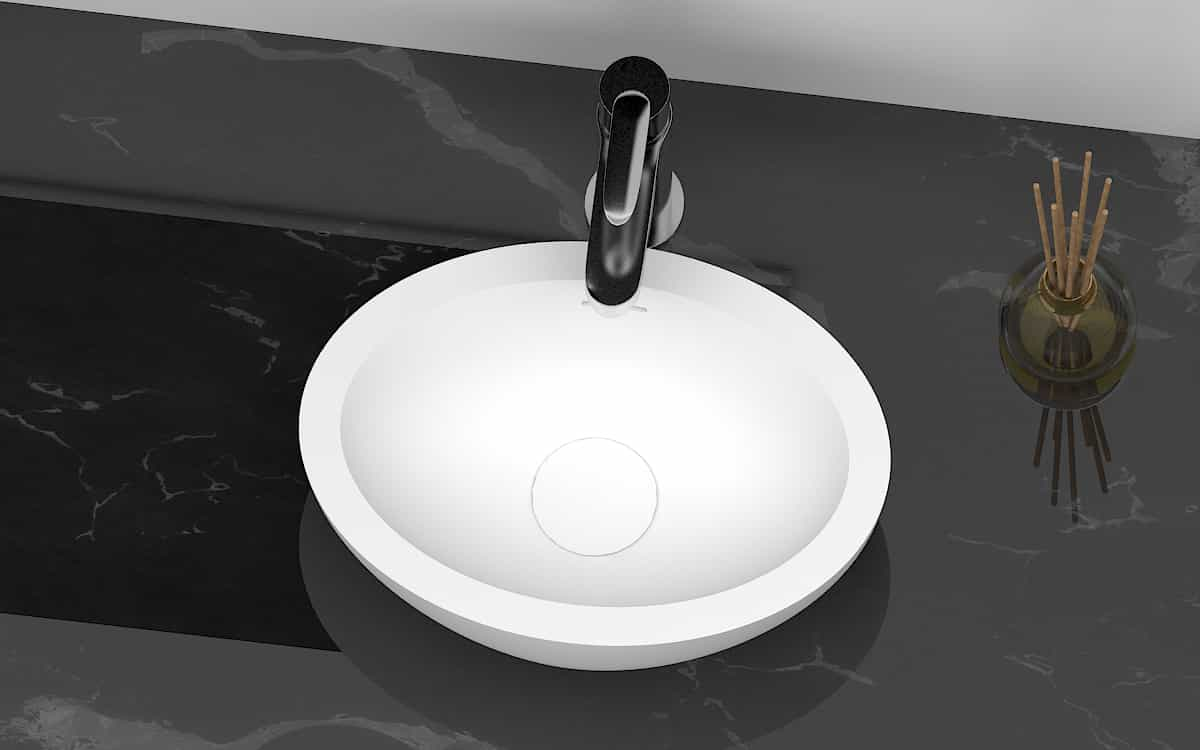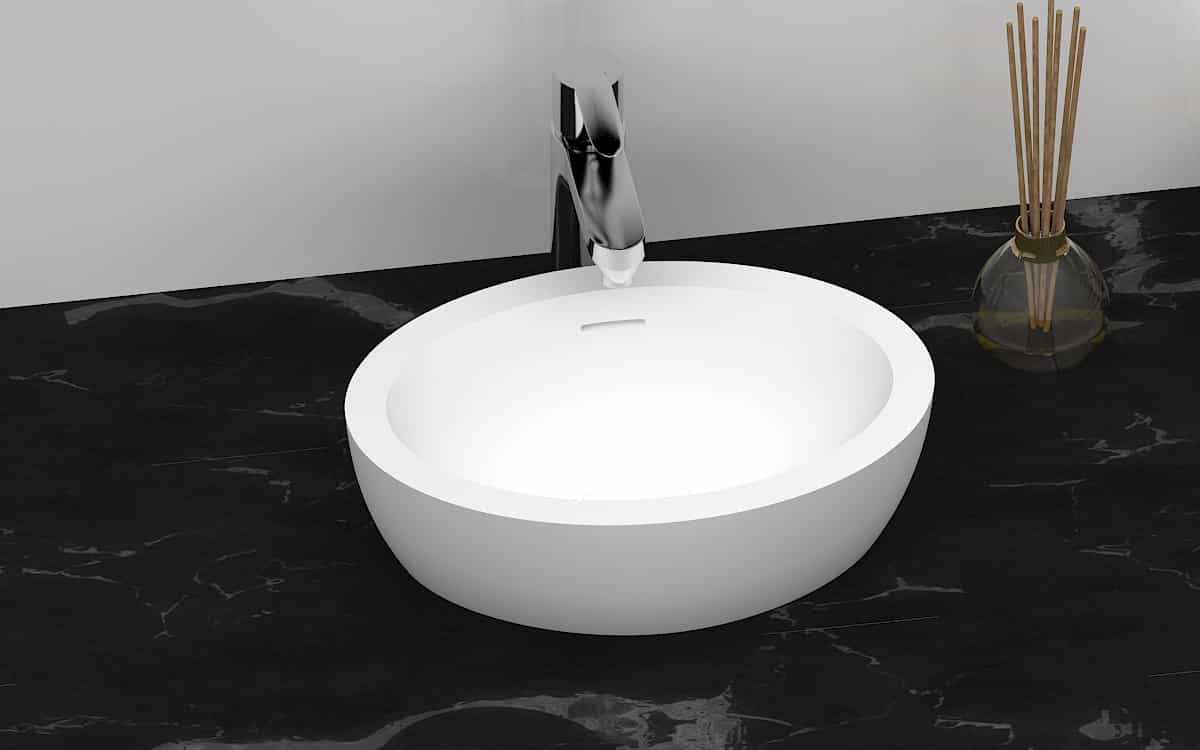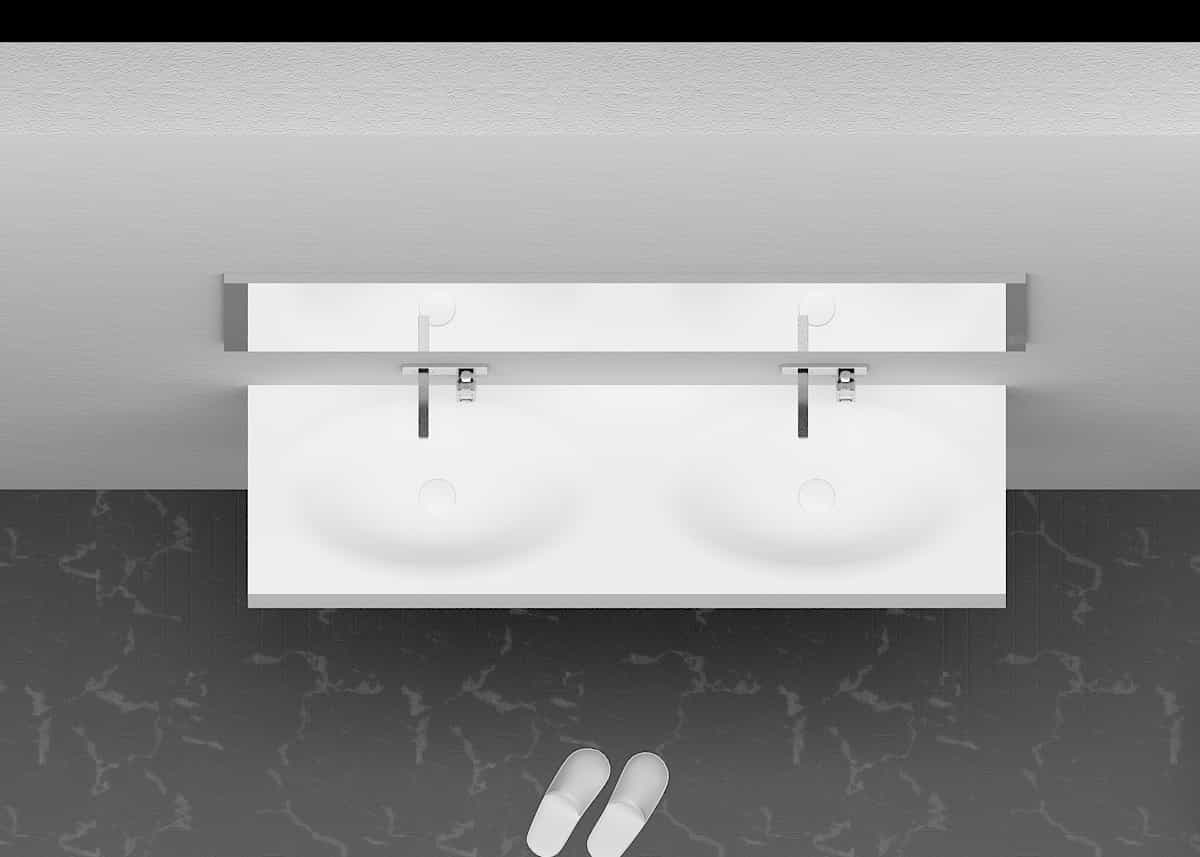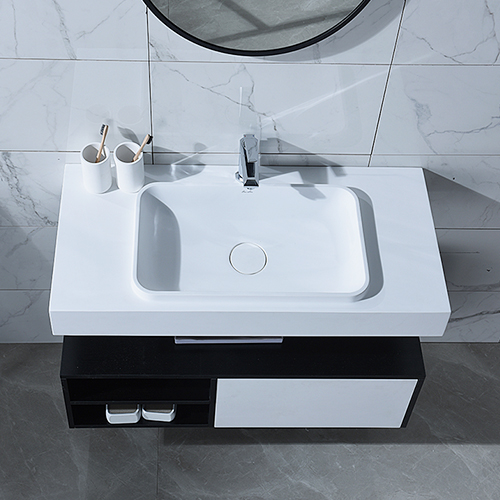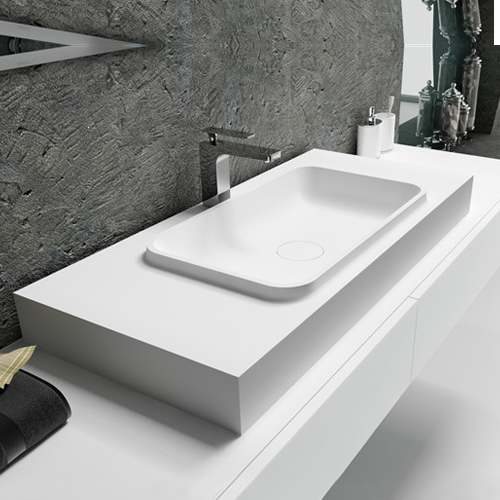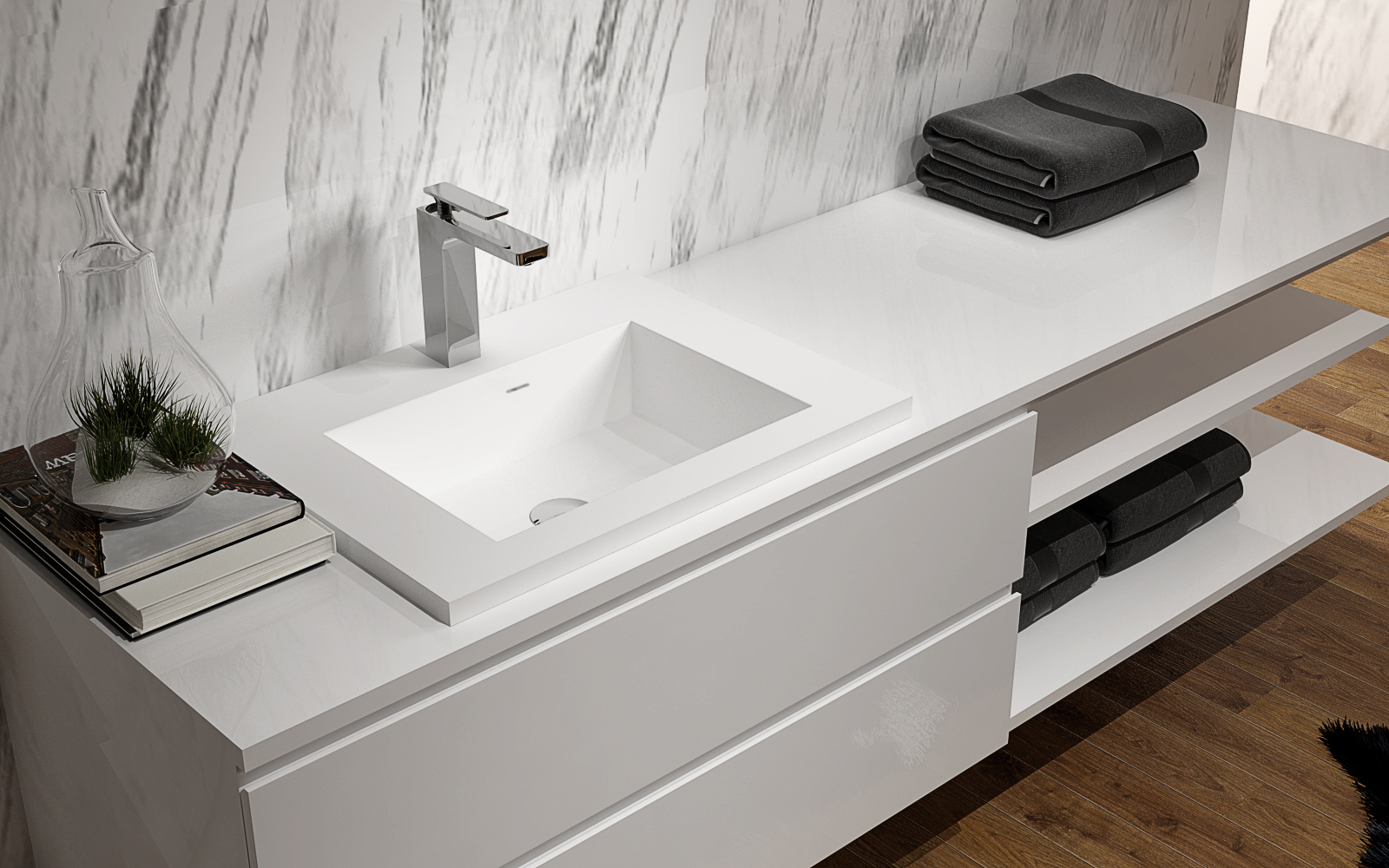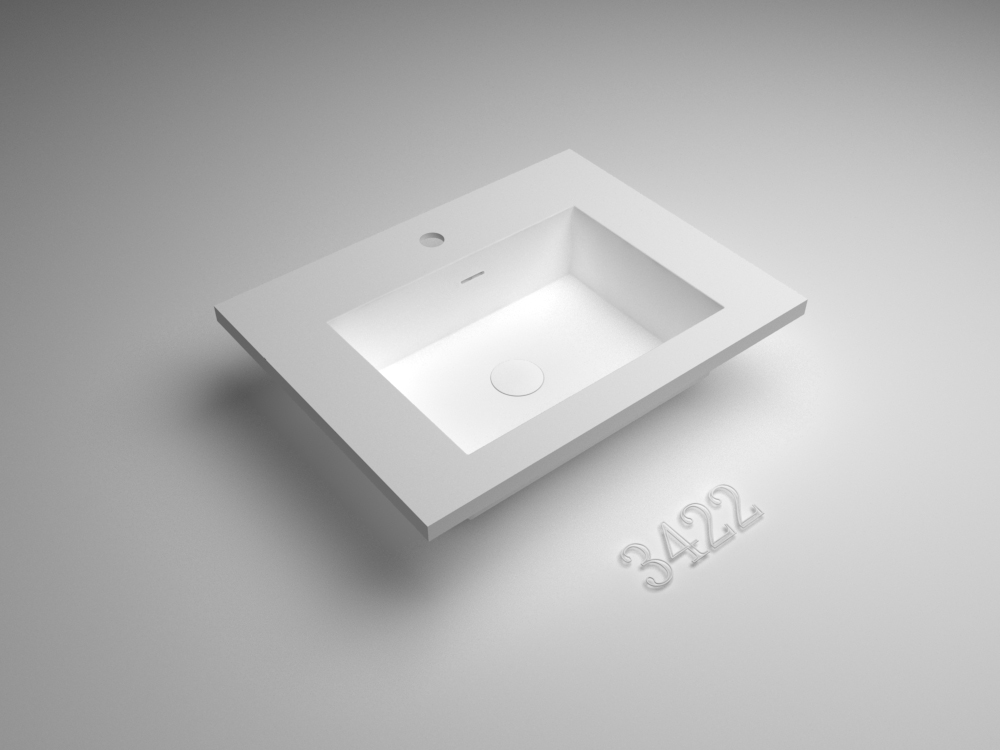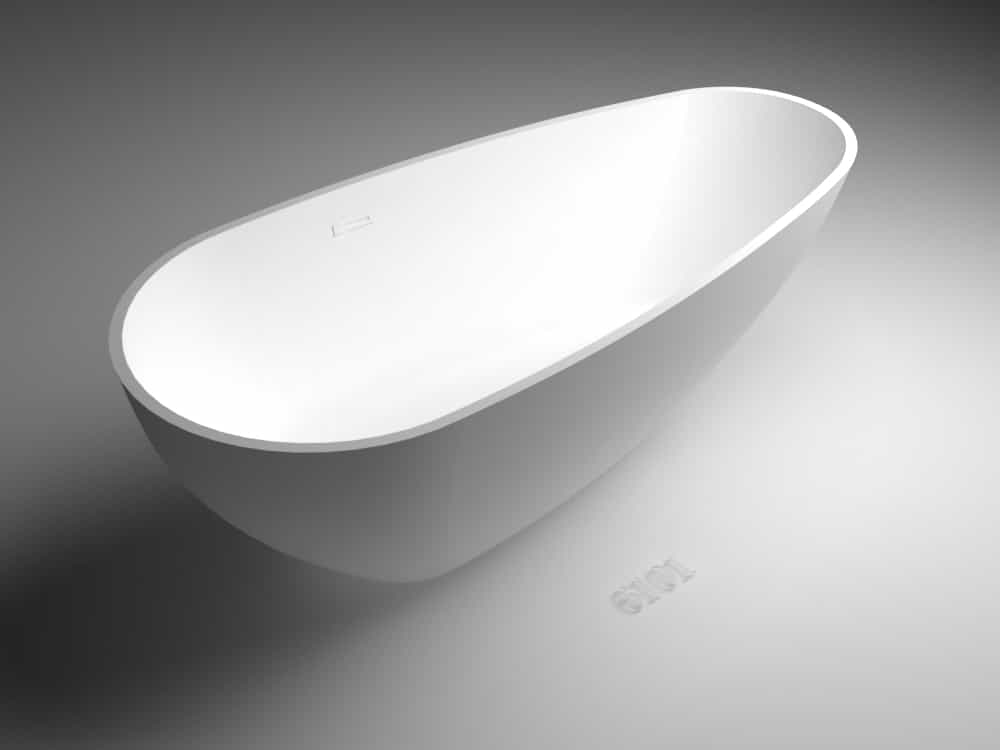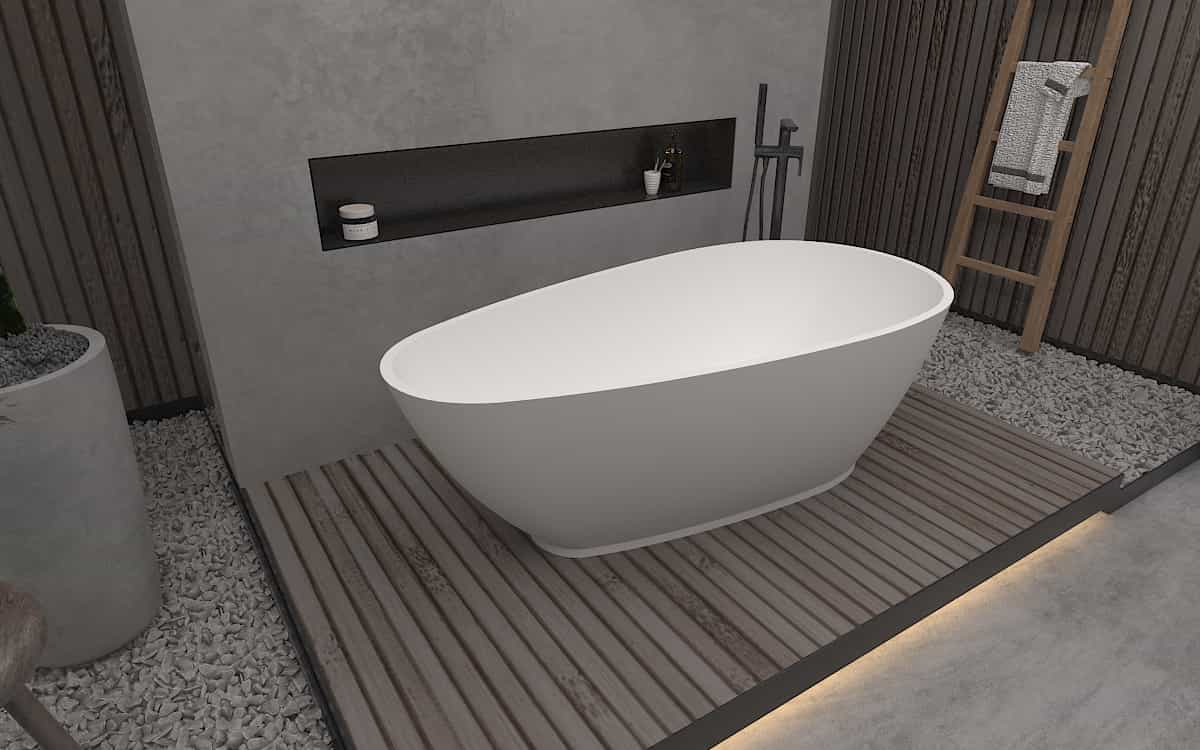
Indoor decoration pollution mainly refers to the indoor toxic gas after the completion of decoration, generally with formaldehyde, benzene and other toxic gas as the main source of decoration pollution, indoor decoration pollution treatment method is not simple, but it is difficult to say is not difficult, generally we know better is to open the window ventilation, the use of purifier, the use of activated carbon, plant adsorption methods and so on, although there are many methods, But it seems like you can’t really get rid of each of these terms, you always have to fit together. In addition, although some owners are anxious to move in, but at least to dry room for a month, after all, the cost of renting a month is limited, but if because anxious as before, decoration pollution did not deal with clean cause owners sick that is more than worth the loss.
Indoor decoration pollution refers to the pollution of indoor environment caused by decoration behavior. In recent years, with the improvement of people’s living standards, it is a new kind of pollution in the process of interior space decoration, mainly because people in the process of interior decoration using unqualified decoration materials and unreasonable design.
Commonly used decoration materials will cause pollution after decoration. These materials include paint, coatings, floor leather, wallpaper, plastics, thermal insulation materials and so on. These materials will volatilize organic compounds after decoration.
Indoor decoration pollution, the most important is the harm of formaldehyde.
1, stimulation: the main harm of formaldehyde is the stimulation of the skin mucosa. Formaldehyde is a protoplasmic substance, which can combine with protein. When inhaled in high concentration, severe respiratory irritation and edema, eye irritation and headache occur.
2, sensitizing effect: skin direct contact with formaldehyde can cause allergic dermatitis, stains, necrosis, inhalation of high concentration of formaldehyde can induce bronchial asthma.
3. Mutagenic effect: high concentration of formaldehyde is a genotoxic substance. Nasopharyngeal tumors can be caused by high concentrations of inhalation in laboratory animals.
Ventilation method: Through the circulation of indoor air, the content of harmful substances in indoor air can be reduced, so as to reduce the harm of such substances to the human body. In winter, people often close doors and Windows, indoor and outdoor air can not circulate, not only the content of formaldehyde in the indoor air will increase, radon gas will continue to accumulate, and even reach a very high concentration.
Negative ion method: frequent dynamic treatment of negative ions: (when people) long-term and lasting air purification, negative ions can effectively purify the air, degrade all kinds of pollution, small particle size of negative oxygen ions can create air negative ion recuperation space in the room, has an auxiliary role for some diseases. Negative ions take the initiative to purify the air, completely subvert the ordinary air purifier passive adsorption purification method.
Photocatalyst is a kind of widely used photocatalyst introduced from abroad recently. It has the remarkable characteristics of quick treatment of heavy pollution, but the price is also high. In the process of photosynthesis and chemical reaction, photocatalyst may produce minor secondary pollution, which will affect the painted surface of wallpaper and wooden furniture. The removal effect of this kind of scavenger on formaldehyde is about 70%, and the removal effect on benzene and TVOC is more than 80%.
Ozone is a strong oxidizing property, which is recognized internationally as a common and safe physical treatment method, suitable for moderate and mild pollution. Its biggest characteristic is that it does not produce any residue and secondary pollution. However, when using this technique, people should leave the room temporarily to avoid poisoning. The removal effect of formaldehyde is about 40%, the removal effect of benzene is more than 90%, and the removal effect of T VOC is about 50%.
Bamboo carbon, activated carbon, etc., are the use of carbon to absorb odor, adsorption harmful gas principle, to treat indoor air pollution. It has the characteristics of low cost, non-toxic side effects, but the effect is slow. This method can be used as a long-term control method of indoor air pollution slightly exceeding the standard. The removal effect of formaldehyde is about 50%, the removal effect of benzene is more than 90%, and the removal effect of TVOC is about 50%.









